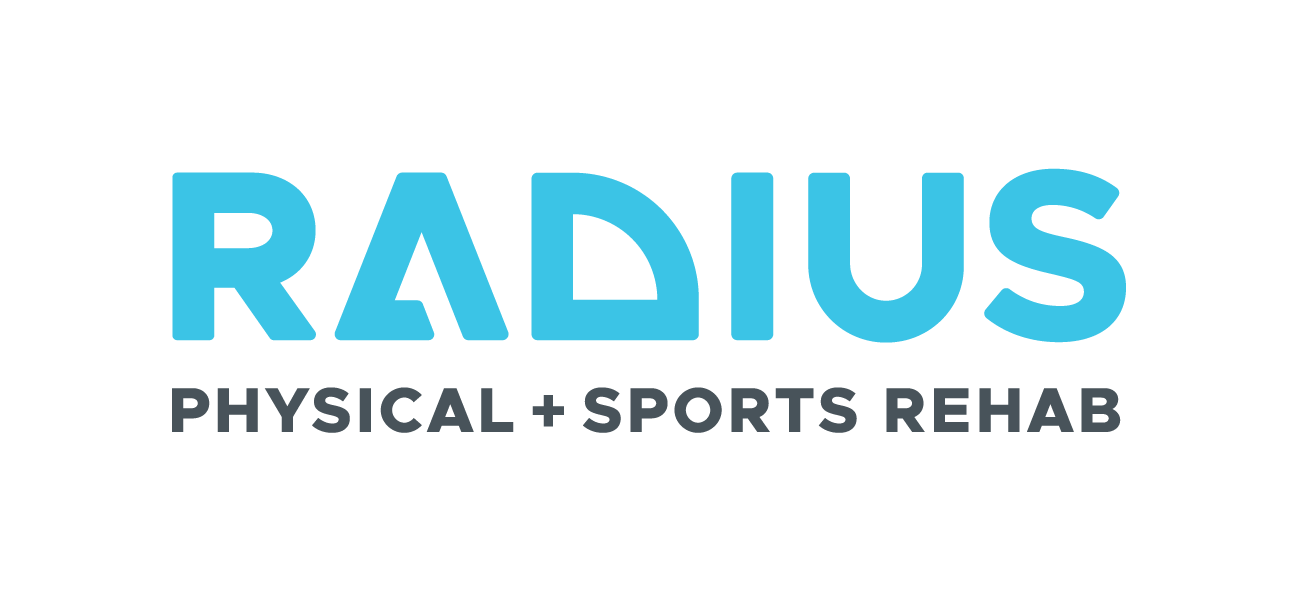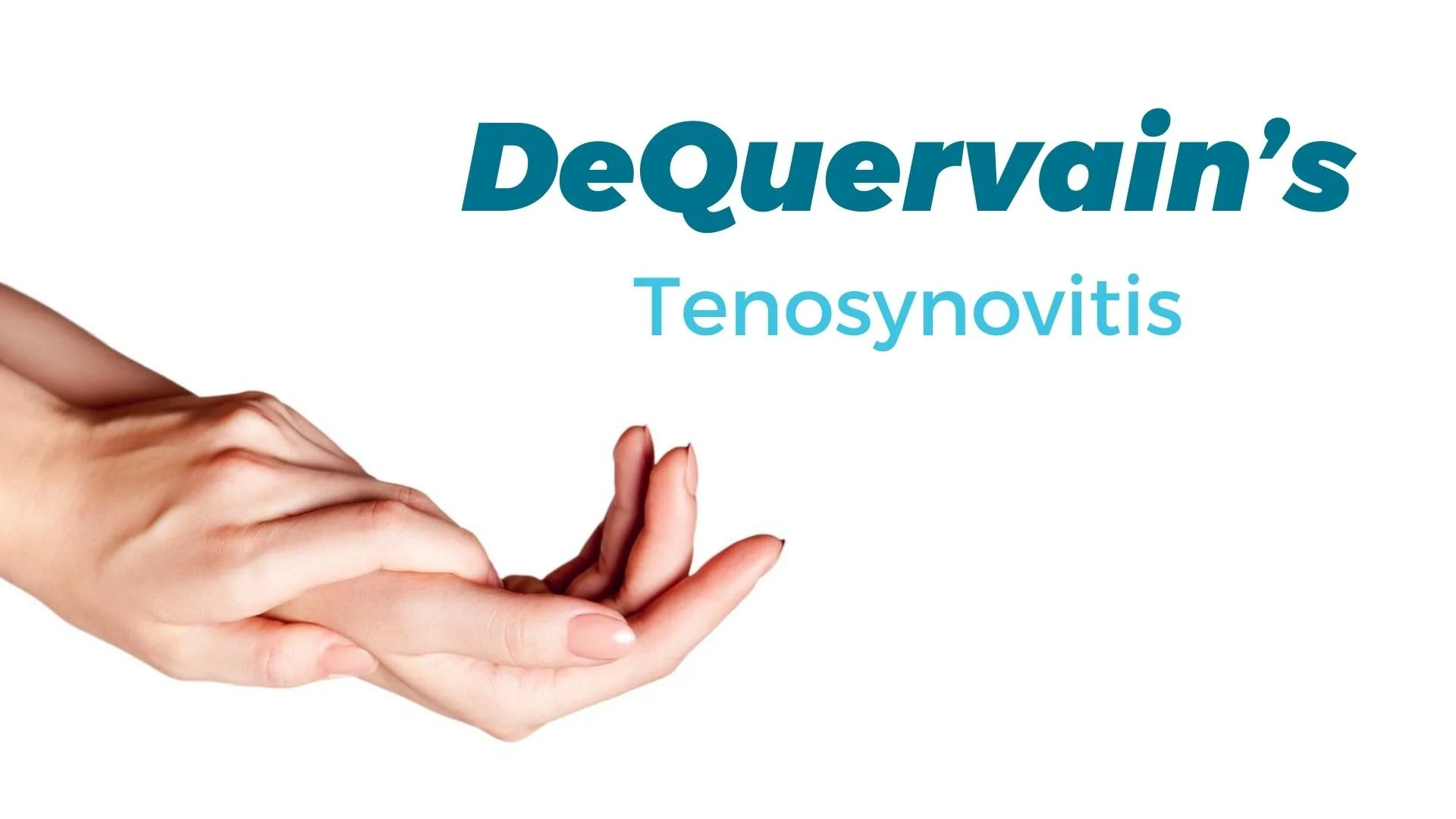What is the temporomandibular joint?
The temporomandibular joint (TMJ) is a hinge type joint that connects your jaw to your skull and can be felt anterior to your ears on either side. This joint is cushioned by a disc that allows smooth side to side and opening/closing movements. The degeneration and/or displacement of this disc is the culprit for many temporomandibular joint disorders (TMD). The muscles that surround the joint can also become tight and restrictive causing further issues.
What are the symptoms of temporomandibular joint dysfunction?
Clicking and popping Locking Pain with excessive opening Pain with chewing Headaches Ear pain Neck stiffness
How to manage temporomandibular joint dysfunction?
Seeking out care from a musculoskeletal specialist in your area, like the providers at Radius, that have experience with diagnosing and treating TMJ dysfunction is a great first step to recovery. Several publications suggest that TMD can most often be successfully managed through myofascial therapy and rehabilitative exercise. This would include soft tissue work to the internal and external muscles of the jaw, stretching and strengthening exercises, as well as retraining proper opening/closing and chewing. Dentists that specialize in TMJ dysfunction are also another fantastic resource for patients. They can assess any dental involvement and make personalized splints/mouthguards to help lessen the symptoms. A collaborative care approach between the two professions has shown the best patient outcomes!
Article authored by Dr. Hannah Flammang, DC. To schedule an appointment with Dr. Hannah Flammang, DC in person or via telehealth click here.
The views expressed in this article intend to induce conversation. This article is not, nor is it intended to be, a substitute for professional medical advice, diagnosis, or treatment, and should never be relied upon for specific medical advice.



